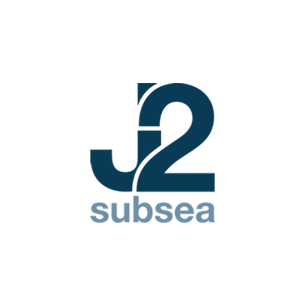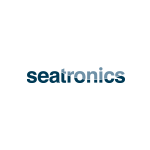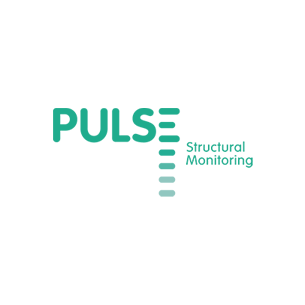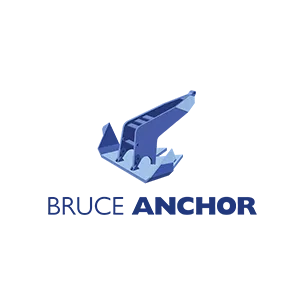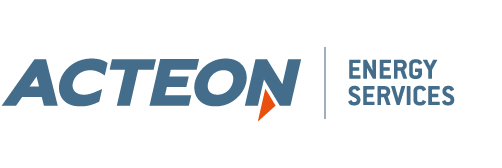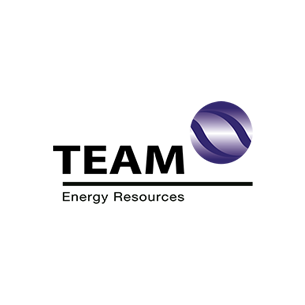2 – A MOVE TOWARDS DEEPER WATER
In areas where coastal waters are relatively shallow, conventional techniques have traditionally been used to install offshore wind farms. The turbine sits on a foundation – generally either monopile, suction bucket or jacket – which is embedded into the seabed and provides a stable base.
For many countries, fixed offshore wind is not an option for installing offshore wind farms because the continental shelf drops away suddenly off their coasts.
For others, the increase in society’s awareness of the visual and environmental impacts has meant that investments had to look farther from the coast. Floating foundations also offer environmental benefits compared with fixed-bottom designs due to less-invasive impact on the seabed during installation.
Finally, the economical aspect and resource element have been crucial to pushing wind farms towards floating: the strongest winds blow farther offshore.
Bottom-fixed structures are only technically feasible for water up to 50-60 metres deep. Going into deeper water means going buoyant. Floating structures are anchored to the seabed to give them stability and reduce drift but there are few limits on how deep the water can be – in the oil and gas industry, floating assets have been anchored in water over 2,500m deep.
3 – INCREASING ECONOMIES OF SCALE
Several FOW research and development (R&D) projects have been conclusive in the last two or three years and floating wind is no longer at the pilot stage. Off the coast of Scotland, Equinor’s Hywind floating wind farm began commercially producing in October 2017. At 30 MW, it is the first large-scale floating wind facility. Its five spar-type floating turbines are anchored in 328m of water.
There currently are four types of FOW designs: barge, semi-submersible, spar buoy and tension leg platform. The first three are anchored on the seabed with a semi-taut mooring system, while the last one is tethered to the seabed through taut tendons.
Continuous cost decline in offshore wind is expected to 2050. According to the International Renewable Energy Agency (IRENA), the move towards deeper waters and sites farther from the coast means that the global weighted average total installation cost for offshore wind projects could drop in the coming decades to USD 1,700-3,200/kW by 2030 and USD 1,400-2,800/kW by 2050.
The Levelised Cost of Energy (LCOE) of offshore wind is already competitive in certain European markets (Germany and the Netherlands for example). But, with higher than average wind speeds in deeper waters, the capacity factor (average power generated, divided by the turbine’s rated peak power) can be improved, thereby lowering the LCOE. The newer trend towards larger wind turbines (12-15MW) that produce more electricity in high wind conditions make FOW economics even more attractive.
However, what might be the most advantageous factor of FOW is the potential to fabricate, assemble and commission the turbines onshore first and then tow them offshore. This process saves considerable time by minimising the risk of weather delays and simultaneous operations (SIMOPs) during offshore installation, as well as money by reducing the need to use expensive customised installation vessels.
4 – MORE COMPETITIVE SUPPLY CHAINS
Floating wind offshore contractors are expected to enrich the current industry supply chain with their suppliers and logistics providers. Countries are also pushing tax and local policies to maximise the domestic value chain, increasing the impact on the local economy and reducing costs. Local policies are key to develop local skills and supply chains, from manufacturing to port development.
In June 2020, the State of New Jersey announced the construction of the US’s first port dedicated to constructing wind turbines. The port is part of the state’s plan to get all its electricity from clean energy by 2050. New Jersey aims to generate 7,500 MW from offshore wind by 2035 — enough to power half of New Jersey’s homes.
The existing track record for floating assets in other industries such as oil and gas, and the development of ports dedicated to the production and assembly of wind turbines, can further lower the cost of FOW, through procurement efficiencies, logistic solutions, and ultimately time-efficient standardised and industrialised solutions.
5 – TECHNOLOGICAL IMPROVEMENTS
In 2020, the world’s largest floating wind turbine begun generating power off the coast of Portugal. At 8.4MW, it will soon be surpassed, with expectations that projects to be commissioned in 2025 would comprise of turbines with ratings of 12-14 MW and above. Larger capacity turbines, as well as increased hub heights and rotor diameters, significantly improve yields for offshore applications.
Floating foundations are potentially establishing themselves as a “game-changing” technology for that industry:
– Anchoring methods have long been proven and have an extensive track record in the oil and gas industry, ensuring the availability of related equipment (anchors, chain, wire, rope…). The FOW industry will no doubt also benefit from and feed research for new product development and technological advances.
– Floating wind would allow governments and operators to effectively make the most of abundant wind potential in deeper waters
– Floating wind is not just reserved for deeper waters but can also become an alternative to install wind farms in new regions, such as those with challenging seabed conditions or difficult Metocean environments, as high wave height value can, for instance, damage fixed foundations.
According to IRENA, 5 GW to 30 GW of floating offshore capacity could be installed worldwide by 2030 and that, depending on the pace of local developments across various regions, floating wind farms could cover around 5% to 15% of the global offshore wind installed capacity (almost 1 000 GW) by 2050.

HARNESS THE POTENTIAL OF FLOATING WIND
At Acteon, we know that smart technology and innovation are the key to reduce projects footprints, risk and overall costs.
We leverage our profound, cross-disciplinary understanding and execution of design and engineering interactions across the project life cycle to come up with innovative and creative solutions to the most complex projects.

